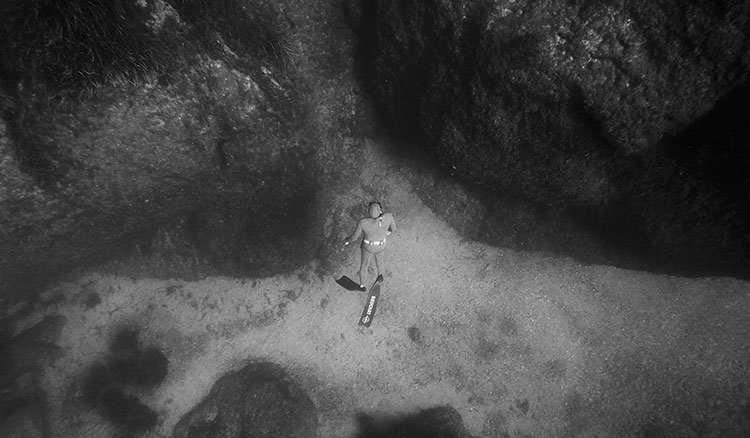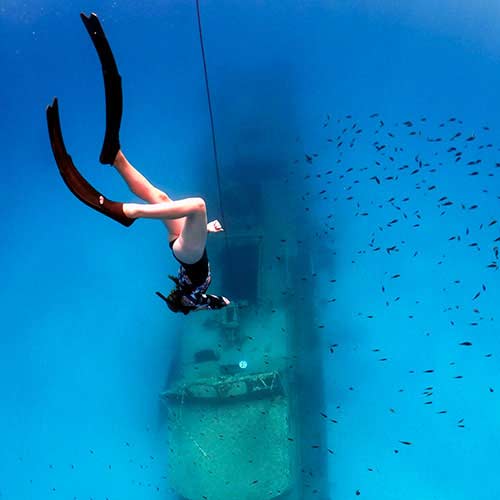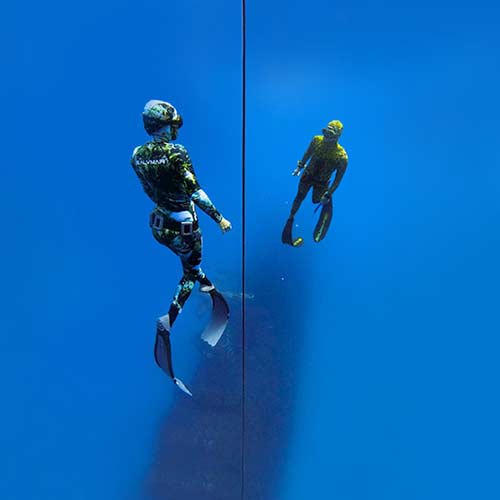MALTA
The Maltese archipelago lies at the center of the Mediterranean Sea: 80 km south of Italy and 284 km east of Tunisia. Malta has 3 main islands, Malta, Gozo, and Comino, and a combined population of about 445,000 inhabitants over 316 square kilometers. The other islands – Cominotto, Filfla, St. Paul’s Islands, and Manoel Island – are even smaller and uninhabited.
Getting to Malta
By air
Malta is well connected to Europe, North Africa, and the Middle East. All major Low-Cost Carriers such as RyanAir and EasyJet operate daily flights to the Island. The national airline, AirMalta, also offers competitive prices with high-quality service. Emirates flies between Dubai and Malta via Larnaca and to/from Australia, Asia, India, and other parts of the Middle East.
All flights arrive and depart from Malta International Airport (MIA), located in the south of Malta. The airport includes all the facilities you need: ATMs and currency exchange, a tourist office which opens daily, WIFI, and regular, inexpensive bus connections to Malta‘s major towns and to the Gozo ferry.
By sea
Malta has a regular ferry to and from Sicily (Catania, Pozzallo and Augusta), central Italy (Civitavecchia), and northern Italy (Genoa).
The Maltese Islands are also included in several cruise itineraries.
Its location also makes Malta a popular stop for yachtsmen cruising the Mediterranean.
Interesting Facts
Capital city
Valetta
UE member?
Yes, since 2004.
Languages
Maltese & English
Currency
Euro
Area
316 Km²
Time
+1 GMT
Population
More than 445.000
Country Code
(+356)
Emergency
112
Climate, sea and touristic seasons
Climate
Malta’s climate is typical of the Mediterranean, with strong influences from the sea. The Maltese Islands boast 300 days of sunshine a year. Temperatures drop to 10ºC in winter and can exceed 37ºC in summer. The warm season lasts 8 months, from mid-April to November.
Summers are hot, dry, and very sunny. Day-time temperatures are often mitigated by cooling sea breezes. Spring and autumn are cooler, except when the occasional Sirocco wind from Africa brings high temperatures and humidity. Winters are mild, with the occasional short cold spells brought by winds from central Europe.
Sea
Malta sea temperature varies from 16ºC in winter to 32ºC in summer, so bathing in the sea is quite possible during the ‘winter' months. The sea is warmer in autumn than in spring.
Malta has been voted the ‘Best Diving in the Mediterranean’ and ‘3rd Best Diving in the World’ in a recent poll by International Diver Magazine.
When to go
Low Season (Nov–Feb): November and December temperatures average 10°C to 18°C. January and February are the coldest months. The north-easterly wind called Grigal occasionally disrupts the Gozo ferry service. Christmas to New Year is a mini-high season.
Shoulder Season (Apr–Jun, Sep–Oct): Warm and sunny with the occasional rainfall or hot and humid wind. The Holy Week is an interesting time to be in Malta as tourists will have the chance to enjoy the Good Friday procession taking place in almost every town in Malta.
High Season (Jun–Aug): Daytime temperatures in July and August can go beyond 37°C. Beaches are busy and accommodation get booked quickly. Summer is also the season for festas and music festivals. Festas are the celebration of the village’s patron saint. Each celebrates its patron saint by putting on a spectacular fireworks show.
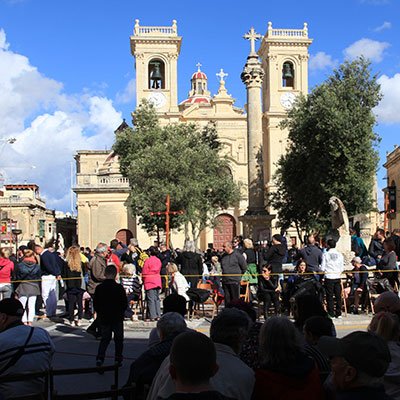
Maltese
The Maltese people are known for being particularly welcoming. Their friendly nature and warmth of character mean that they are always eager to help and make visitors feel at home.
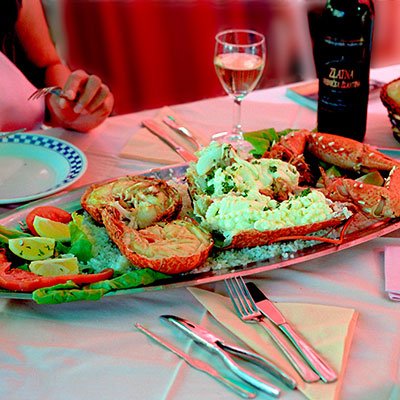
Food
Malta has an abundance of fruits and vegetables. Seafood is quite common, but it is the fusion of Italian and North African influences that really make Malta a gastronomic destination.

Electricity
The electrical supply is 240 Volts, a frequency of 50 hertz, with a 3-pin British style plug.
Adapters are very easy to find.

Water
Tap water is safe to drink.
Local and imported bottled mineral water is available from shops, supermarkets, restaurants and bars.

Healthcare
Malta has a very high standard of healthcare, both private and public. Hospitals are well-equipped and well-funded, and there are many regional health centers located all over the Island.

Security
Malta has low levels of crime which makes it one of the safest places to live.
As well as a perfect spot for holiday destination.
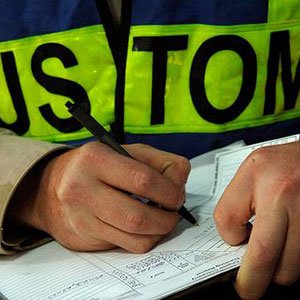
Customs
Prices to import goods from outside the European Union depend on the value of the goods. More information can be found at:
https://customs.gov.mt/

Driving
Driving is on the left. There are speed limits of 80 km/h on the open road and 50 km/h in towns. National or international driving licenses are accepted.
Getting around
The small size of the Maltese Islands makes getting around easy. Public transport is inexpensive and efficient. Renting a car, a motorcycle, or a bicycle provides the freedom to explore at your own pace. Then there are taxis (regular and Uber-like), coaches and minivans, horse-drawn carriages, ferries, pleasure cruises, and even seaplane.
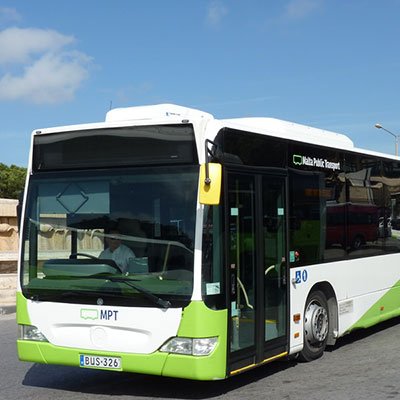
Public Transport
The public bus service serves the major tourist areas, goes practically everywhere, and is inexpensive and efficient. Due to the traffic, delays are however to be expected.

Taxis
Classic, shared, and Uber-like taxis are available island-wide. It is best to book them by phone or online.
Water taxis are also available in Grand Harbour.
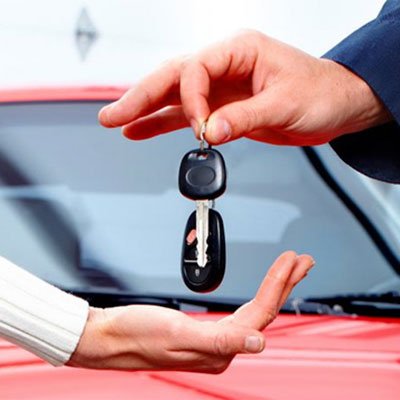
Rentals
Renting a car is recommended to get to the farther reaches of the island. For a more ecological option, electronic cars, scooters, motorbikes, quads, and bicycles are available.
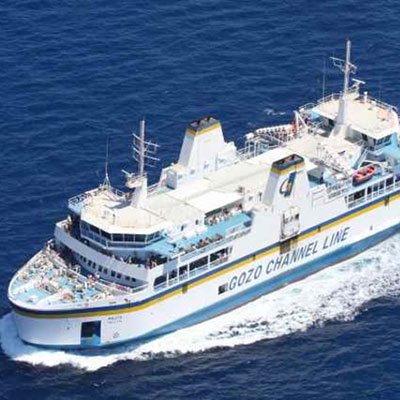
Ferry
A regular and a fast ferry service link Malta to Gozo. There are also regular boat services between each island and Comino as well as between some cities in Malta.
What to do?
FREEDIVING & Scuba Diving
All three islands have a range of dive sites to choose from, including gentle reefs that slope away from 5 to 30 meters, caverns, world-class wreck diving in depths from 15 to 40 meters, as well as drop offs from 5 to 50m.
The diversity makes diving here some of the most interesting in the Mediterranean. The calmness and the clarity of the sea make for excellent visibility (average of 30metres)
Malta is a dream destination for freedivers and divers alike because of its clear warm waters, lack of tides, and few currents.
Also, thanks to its excellent weather, Malta has become the perfect destination for those wishing to escape the European cold and freedive and dive in winter.
No surprise Malta is one of the best diving destinations in the world.
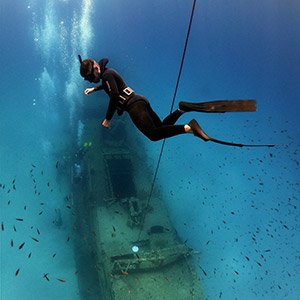
Outdoor
activities
With an agreeable year-round climate, it will not be hard to engage in a sports activity while in Malta: golf course, miniature golf, tennis, squash, football, cycling, climbing, fencing, etc. Obviously, watersports play a major role in the activity range of the island: paragliding, windsurfing, wakeboarding, water skiing, scuba diving and of course, freediving.
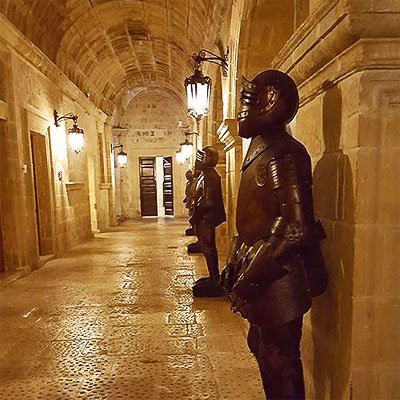
History
& Culture
The culture enthusiasts will not be disappointed. Malta is full of history and culture, especially cities like the baroque capital Valletta, the medieval walled cities Mdina, Birgu, Bormla and Isla. Malta and Gozo’s towns and villages come alive with street decorations, statues, flags, food stalls and band marches for their festas.

Language
learning
With over 40 language schools, Malta is one of the hotspots for English language learners.
Excellent weather, a vast array of activities, delicious food, and unlimited opportunities to practice English are a few reasons that make Malta one of the best places to learn English.

Night
life
Nightlife on the island is always bustling. The streets of Paceville, St Julians and Sliema are lined with restaurants, bars, cafes, and nightclubs.
The calendar of cultural events is often full with events like the Malta Arts Festival, the Opera Festival, etc.
Interested in learning FREEDIVING?
| APNEA TOTAL | Discover Freediving | Freediver Course | Static Apnea | Advanced Freediver | Master Freediver | Freediving Instructor |
| Duration | 1 day | 2 days | 1 day | 3 days | 4 weeks | 4 weeks |
| Max. Depth | 12 metres | 20 metres | 40 metres | 60 metres | There is no limit | |
| Pre-requisites | Swim 200 metres +11y (with parent consent) | Swim 200 metres +11y (with parent consent) | FREEDIVER cert. (or equivalent) | FREEDIVER cert. (or equivalent) | ADV. FREEDIVER (or equivalent) | MASTER FREED. Others |
| Equipment | Included | Included | Included | Included | Included | Included |
| Included | Photos Snacks Drinks Transportation* Online course materials | Photos Snacks Drinks Transportation* Online course materials | Photos Snacks Drinks Transportation* Online course materials | Photos Snacks Drinks Transportation* Online course materials | Photos Online course materials | Photos Online course materials |
| Certification | Diploma | |||||
| Price | 130 € | 250€ | 130 € | 340€ | 1200€ | 1200 € |
| READ MORE | Read more | Read more | Read more | Read more | Read more | Read more |

